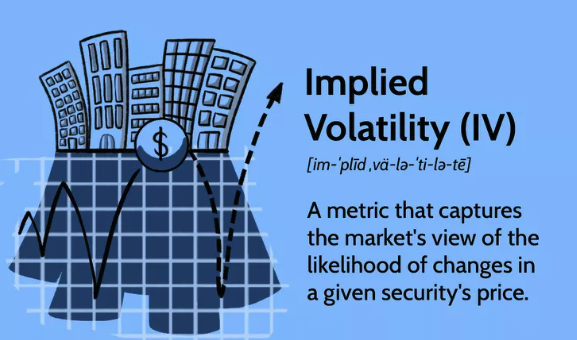Lets come to a critical and important topic as part of technical analysis discussions – IMPLIED VOLATILITY.
IMPLIED VOLATILITY a.k.a. IV is something all option writers hate. It is something which causes spike in the markets and uncertaininty across both buyers and sellers.

What is Implied Volatility
Implied Volatility (IV) changes based on supply and demand for options and how confident or uncertain sellers feel about the future:
IV goes up when sellers are uncertain or cautious. This happens when there’s high demand for options (lots of buying), or the market expects big events like earnings or major news that could lead to large price swings.
IV goes down when sellers are confident. This usually occurs when there’s low demand for options, uncertainty has passed, and the market feels stable with smaller, predictable price movements.
What does Implied Volatility mean for Trading Tools
- Implied volatility is important for all investors because it gives them practical insight into what the market is thinking about a stock price change, whether large, moderate, or tiny
- Implied volatility does not anticipate the direction in which stock prices will move
- While HV is beneficial, many traders prefer IV since it provides insight into prior market moves as well as all market expectations
- Historical volatility (HV) and implied volatility (IV) are two different things. However, as the name implies, historical volatility provides insight into stock future moves solely based on previous movements
- Throughout the life of an option, any trader can use Implied Volatility to calculate an assumed range
- It shows the expected ups and downs for the underlying stock of the option, as well as suitable entry and exit points for all traders
- Finally, IV will determine whether the return is worth the risk or whether the market agrees with a trader’s reasoning and will assist him in determining how dangerous this deal is
Normal Values of IV
The value of IV is relative and should be considered across a span of time. Normally, the value of IV at ATM (At the Money) Options is around 20 and decreases as we approach day of expiry. However, when there is event or market expects some news than IV spike happens. Normally, it cools down after the event.
The value of IV can shoot up from 20 to 30 in matter of few minutes. This happens when directional move comes in the market. To view IV holistically, one can also use INDIA VIX as indicator of what the Volaility Index is for the overall market.
There are different ways to fetch IV. One is from NSE Website Options Chain. Other can be obtained from Opstra. The value of IV and IVP should be continuously monitored as there are no tools available in the market to predict spikes in IV. If one is able to hedge positions from such spikes in IV, one can expect to survive and thrive in the INDIAN Options Markets.
